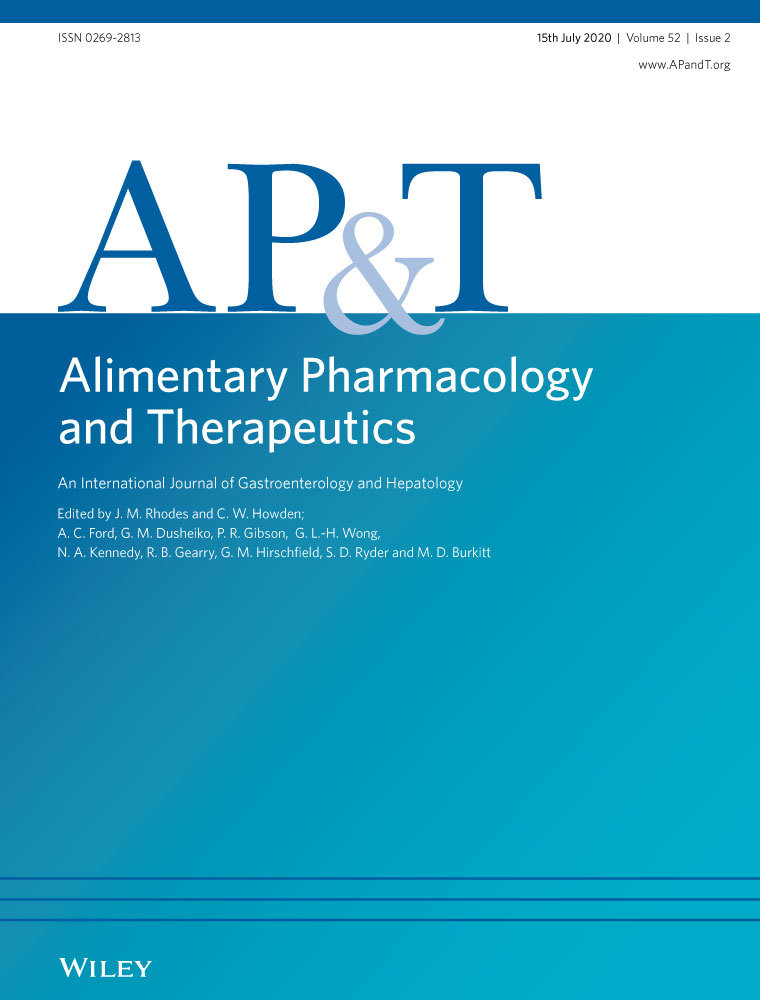Increased risk of permanent stoma in Crohn’s disease associated with hidradenitis suppurativa: a case-control study
The Handling Editor for this article was Professor Jonathan Rhodes, and it was accepted for publication after full peer-review.
Philippe Seksik and Sarah Guégan contributed equally to this work.
Summary
Background
Crohn's disease (CD) and hidradenitis suppurativa (HS), a chronic inflammatory skin disease, induce similar inflammatory lesions of the groin and gluteal area. Both diseases are characterised by an inadequate immune response to commensal bacteria in genetically predisposed subjects and can be associated.
Aim
To assess whether HS was associated with clinical and prognostic factors in CD.
Methods
A retrospective case-control study included 4645 patients with CD referred to Saint-Antoine Hospital gastroenterology tertiary care centre between 2003 and 2016. Matching variables were sex, age, age and the presence of perianal lesions at CD diagnosis, follow-up quality. HS was confirmed by dermatological examination; location, phenotype and severity (Hurley staging) were recorded.
Results
Hidradenitis suppurativa prevalence was 0.95% (44 cases); 80% of patients displayed Hurley stage II or III disease. CD preceded HS in 70% of cases with a median interval of 9 years (IQR 5.25-12.75). CD with HS was more active (56% vs 40% years with active disease, P < 0.001) and required more anti-TNF agents (39% vs 23% years spent with anti-TNF treatment, P < 0.001) than CD without HS. HS was associated with a higher risk of permanent stoma, 16.8% (IQR 7.5-33.3) vs 2.5% (IQR 0.8-7.4) in the control group (P = 0.002). Multivariate analysis confirmed HS as independent risk factor for permanent stoma (odds ratio 6.19; 95% CI, 2.30-38.33; P < 0.001).
Conclusions
Hidradenitis suppurativa is associated with worse CD prognosis, more active disease and increased risk of permanent stoma, despite a higher use of anti-TNF agents.




